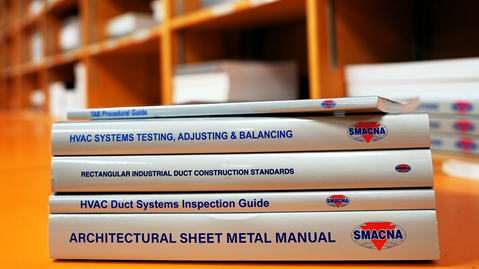Trust, but Verify. Auditing Contributing Employers
When it comes to collecting contributions from employers, whom can you trust? The nature of multiemployer plans is such that trustees must trust all contributing employers to self-report covered employees and their man-hours.
When it comes to collecting contributions from employers, whom can you trust?
The nature of multiemployer plans is such that trustees must trust all contributing employers to self-report covered employees and their man-hours. However, like trusting the fox to guard the hen-house, that kind of trust only goes so far.
Every fund must verify the accuracy of an employer’s reporting through payroll audits; therefore, audits are a key component of any reasonable and diligent collection procedure. As discussed in our previous blog, “Hunting Down the Deadbeats,” every plan must adopt and implement collection procedures that are reasonable, diligent and systematic. Failure to do so may find the trustees having engaged in prohibited transactions.
Three types of audits are generally recommended by trust fund professionals.
The first is a random audit of every contributing employer. Random audits are just that, random. They should be established in such a way that all contributing employers are audited at least once every three to four years. In determining the appropriate audit interval for your fund, keep in mind that you don’t want the frequency to be disruptive to the contributing employer’s business. No exceptions should be made to the random audits and especially not for the company of any trustee. The purpose of a random audit is as follows:
- Verify that all employees reported to the plan were in fact eligible employees for coverage by the plan. (Don’t overlook this objective — the wrong time to find out you’ve been providing health coverage to someone who is an employee in name only is after you’ve spent six-figures on medical claims. We’ve seen more than one occasion where a well-meaning contractor has left a seriously ill employee or placed a family member on their health care rolls because they don’t want that individual to be without coverage. Even while sympathizing with the intent of the contractors, the trustees in those cases nonetheless had to try and recoup the “fraudulently” paid benefits on behalf of the fund.)
- Verify that all employees who should have been reported were reported accurately.
- Verify that correct dates of employment and hours worked and/or paid were reported.
- Verify that correct rates of contributions were paid on all eligible covered employees.
The second type of audit is one we would call “for-cause.” These types of audits are triggered by an event or information received by the plan which makes an audit prudent at that time. For instance, an audit would be appropriate when the plan receives information from an employee or union that indicates the employer did not accurately report its employees’ hours to the fund. Another example would be when the plan learns that a particular employer will no longer be contributing to the plan (either by negotiating the contribution out of its collective bargaining agreement “CBA” or by going out of business.) Trust funds have the best chance of collecting in these cases when they act quickly. Audits are also often sought as part of litigation to collect a known delinquency and some funds will include a stipulation to submit to more frequent audits than might be required under its random audit program as part of settlements with known repeat offenders. Trustees should consult with their legal counsel in constructing the best guidelines for triggering “for-cause” audits and incorporate that policy into their collection procedures.
The third type of audit is a new-employer audit. Newly organized or newly formed contractors are the one most likely to make mistakes. To help these new contributing employers understand their obligations and correct any deficiencies before they become large, many trusts conduct a new employer audit after 6 months to one year of an employer beginning contributions to a fund. The purpose is as much about educating the new contributor as it is about collecting any delinquency. (Make no mistake – you still need to collect any delinquency found.) The new-employer audit should not take the place of reaching out to new contributing employers and providing education to them on the fund reporting requirements and reports.
We strongly recommend that the trustees incorporate into their collection procedures the documents and records which will be sought in any audit. They should not rely on the CBA to establish the records to review in an audit. Often the lists contained in CBAs are woefully insufficient for the auditor’s needs.
Trustees should instead develop a list of basic documents with the help of their auditors and attorneys that will be asked for in all cases leaving the door open to request additional documents from an employer where the auditors believe it is needed to render an accurate opinion. In determining the documents to be requested, trustees and their advisors should strive to strike a balance between not unduly interfering with a contractor’s business and obtaining sufficient information to verify the accuracy of contribution reports.
Remember, reasonable, diligent and systematic collection procedures including audits are there to protect you as much as the plan. Trustees can be personally liable for the losses suffered by the plan. Making exceptions or allowances for individuals or contractors you “trust” could be personally costly.
Trustees should not construe these resources as legal advice and are urged to consult with their own fund counsel to determine whether any action is permissible or advisable.
CONTENT REVIEWED:

Technical Standards
Shop the SMACNA bookstore for all technical standards, including the most recent editions and recently revised manuals.
Shop Now